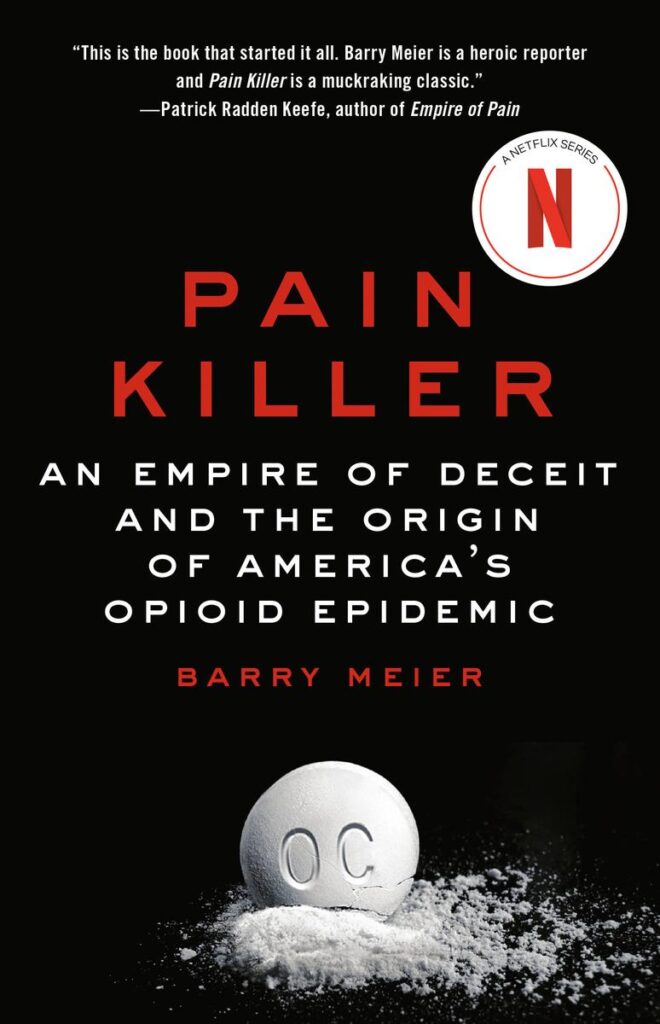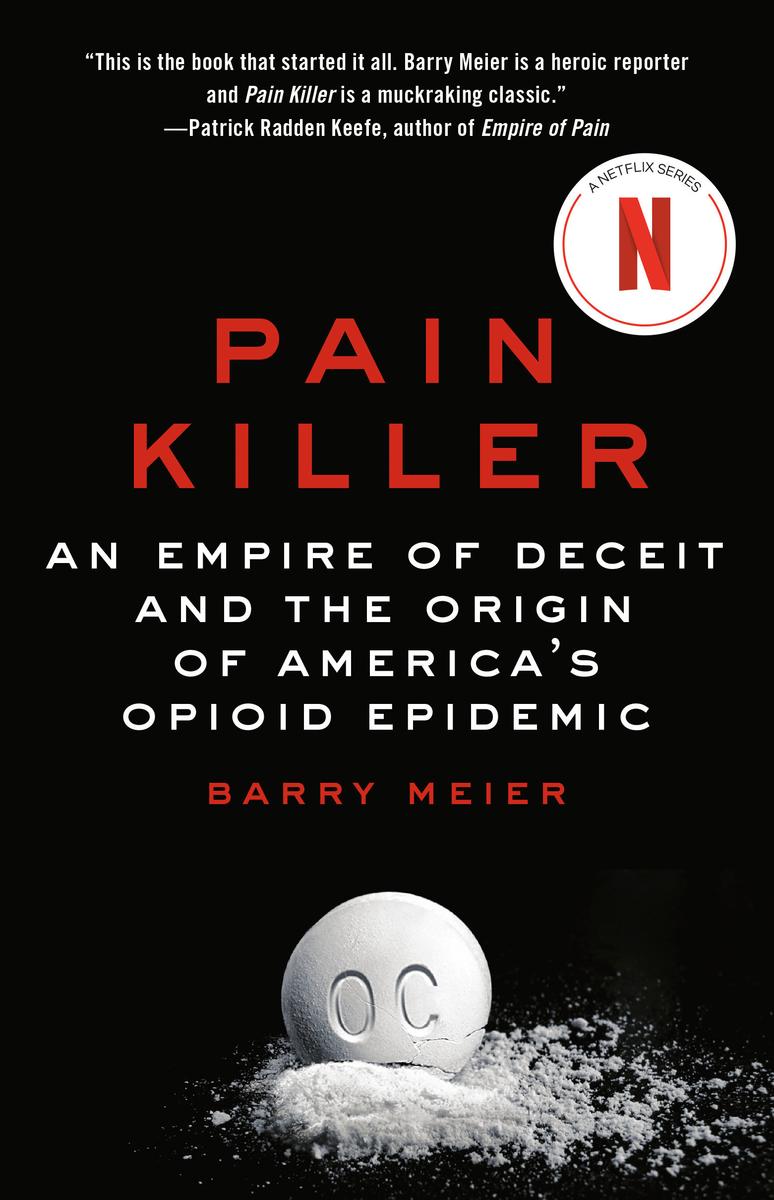In the midst of the ongoing opioid crisis that has gripped the United States for years, few books have managed to capture the grim reality and intricate web of pharmaceutical deception like Barry Meier’s “Pain Killer.”
Let’s explore the investigative masterpiece, dissecting the key themes and revelations that have left a lasting impact on readers.
We’ll explore how this book sheds light on the opioid epidemic, uncovers shocking details, and sparks crucial discussions.
So, let’s journey through the intricate narrative of “Pain Killer” and uncover the stark truths it unveils.
Unveiling the Opioid Epidemic
The Prologue: A Glimpse into the Crisis
Barry Meier begins “Pain Killer” with a gripping prologue, painting a vivid picture of the opioid crisis in America.
He immediately draws readers into the dark world of addiction, setting the stage for a harrowing journey through the pharmaceutical industry’s culpability.
The Roots of the Epidemic
Meier meticulously traces the roots of the opioid epidemic, taking us back to the late 1990s when powerful painkillers were first unleashed on the market. He highlights the role of pharmaceutical companies, their marketing strategies, and the influence they wielded over medical professionals.
The Players: Unmasking the Culprits
The Pharmaceutical Giants
One of the central revelations of “Pain Killer” is the complicity of pharmaceutical giants, such as Purdue Pharma, in pushing opioids into mainstream medicine. Meier exposes their deceptive marketing tactics, turning pain relief into a billion-dollar business.
The Doctors: Trusted Healers or Unwitting Enablers?
Meier’s investigative work explores the complex role of doctors who, often unknowingly, contributed to the epidemic by overprescribing opioid medications. He examines the ethical dilemma these healthcare professionals faced and the consequences of their actions.
The Regulatory Failures
The book scrutinizes the regulatory bodies responsible for overseeing the pharmaceutical industry. Meier questions the efficacy of agencies like the FDA and the DEA in safeguarding public health and holding corporations accountable.

The Victims: Personal Stories
The Real Human Cost
“Pain Killer” doesn’t just dwell on statistics and corporate misconduct. Meier shares heart-wrenching stories of individuals and families devastated by opioid addiction, underscoring the human toll of this crisis.
The Road to Recovery
While exploring the darkness of addiction, the book also highlights stories of resilience and recovery, emphasizing that there is hope amidst the despair.
Confronting the Opioid Crisis: Lessons and Solutions
Public Awareness
Meier’s work encourages readers to become aware of the opioid crisis and its root causes.
Through his vivid storytelling, he urges us to question the motives of the pharmaceutical industry and the role of healthcare professionals.
Legal Actions and Accountability
The book serves as a call to action, emphasizing the importance of legal action and accountability for those responsible for the epidemic. Meier’s investigative reporting has spurred lawsuits and significant changes in pharmaceutical practices.
Preventative Measures
“Pain Killer” leaves us with a challenge to develop and implement preventative measures to avoid a repetition of such a catastrophic crisis in the future.
Barry Meier’s “Pain Killer” is a Stark Exposé of the Opioid Epidemic that Engulfed the United States
This blog post has peeled back the layers of Meier’s narrative, revealing the key players, victims, and solutions to this ongoing crisis. The book’s enduring impact lies in its ability to educate, engage, and inspire action.
It is not just a book; it’s a catalyst for change in the fight against the opioid epidemic. As readers, we have a moral duty to heed its warnings and work towards a brighter, addiction-free future.










